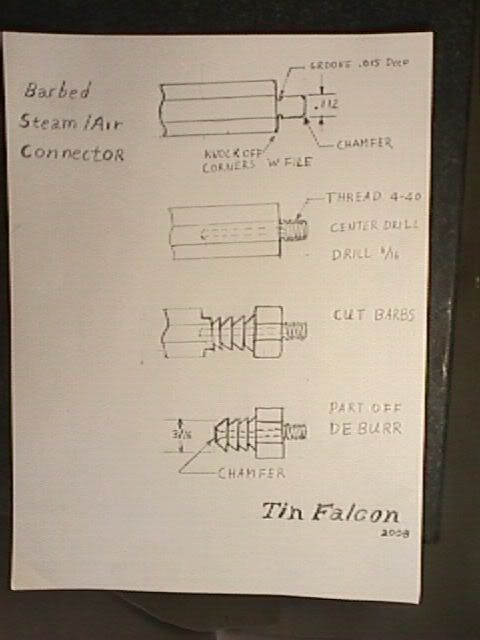Hello all
I have started my first build - Dave Goodfellows, Brassy Babe.
http://www.davegoodfellow.com/plans.pdf
I would like a little information regarding how the cylinder actually moves side to side. The plans say to drill and tap so that the hole just breaks into the cylinder but then it says that the screw should jam up before entering the cylinder. Also it says that both the cylinder and the frame should be threaded - but if this is the case then what is the point in the spring on the frame side of the screw. In my understanding, the frame should not be threaded so that the spring is acting to pull the cylinder towards the frame? Is the cylinder actually turning on the threads of the screw?
I`m sorry, I`m sure this is a very simple question, I`m new to machining and certainly to engines and the motion and fastening of the cylinder to frame is causing me some issues.
Many thanks for replies.
mnbylCR2
I have started my first build - Dave Goodfellows, Brassy Babe.
http://www.davegoodfellow.com/plans.pdf
I would like a little information regarding how the cylinder actually moves side to side. The plans say to drill and tap so that the hole just breaks into the cylinder but then it says that the screw should jam up before entering the cylinder. Also it says that both the cylinder and the frame should be threaded - but if this is the case then what is the point in the spring on the frame side of the screw. In my understanding, the frame should not be threaded so that the spring is acting to pull the cylinder towards the frame? Is the cylinder actually turning on the threads of the screw?
I`m sorry, I`m sure this is a very simple question, I`m new to machining and certainly to engines and the motion and fastening of the cylinder to frame is causing me some issues.
Many thanks for replies.
mnbylCR2





